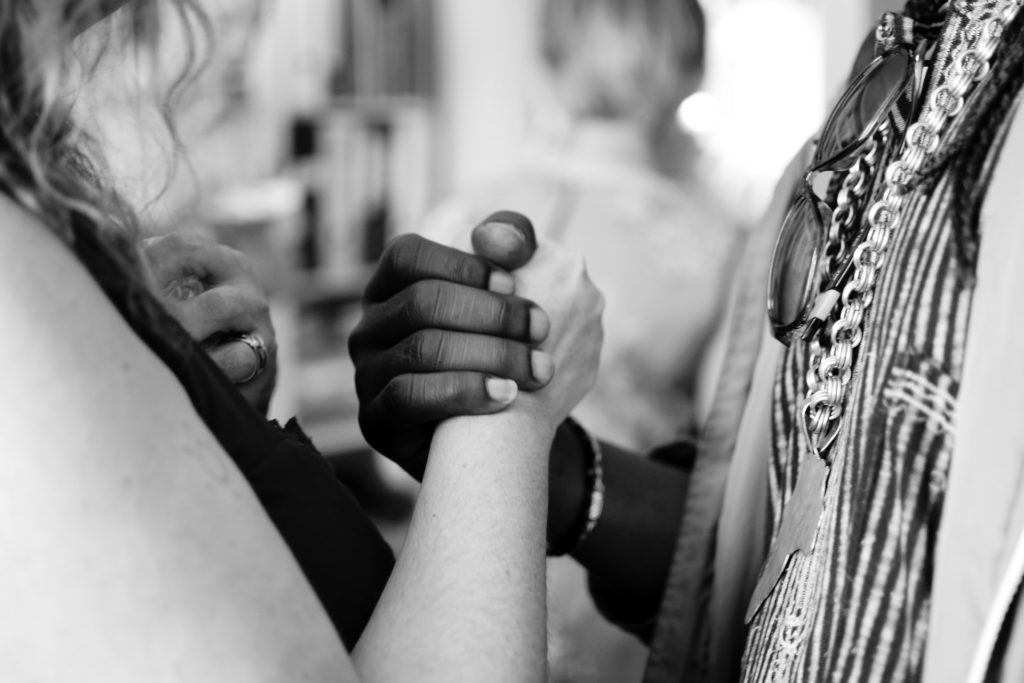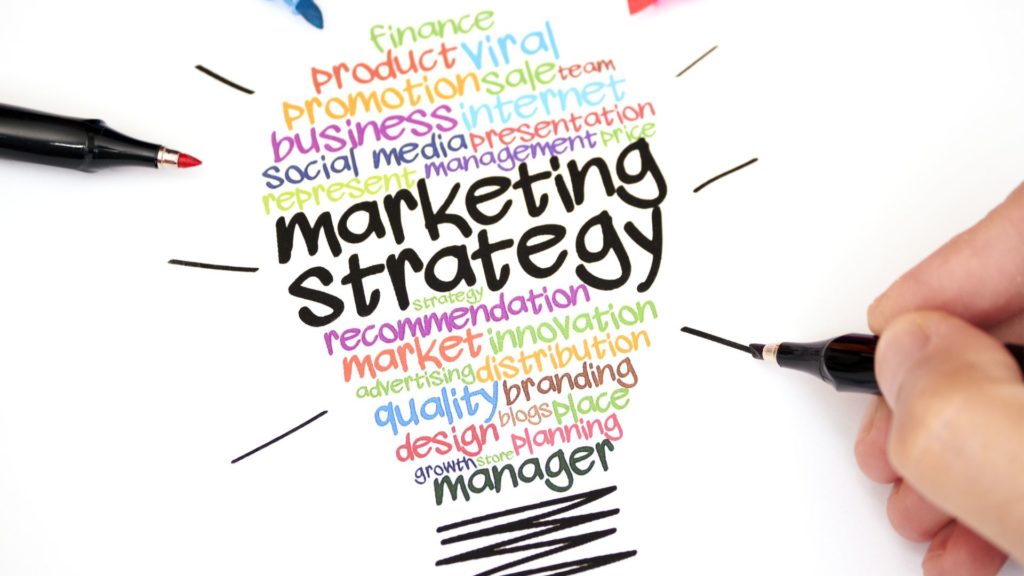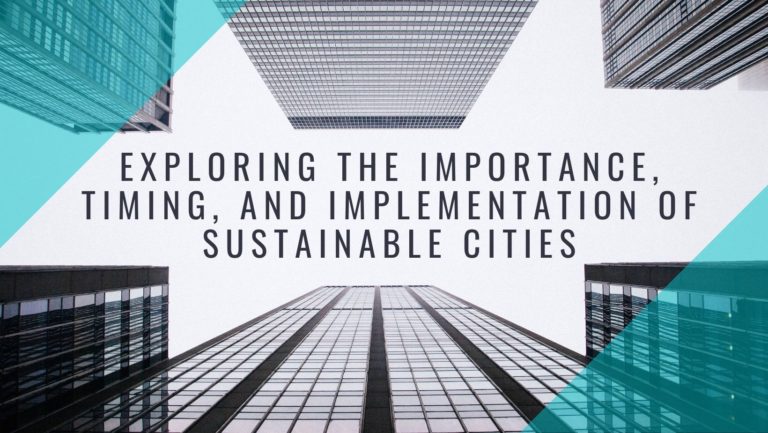Diversity and Inclusion
Diversity and inclusion are crucial in today’s society as they address the historical inequalities and discrimination that have marginalized certain groups. Despite the controversial nature of affirmative action, DE&I serves as a parallel solution to address these ongoing disparities and create a more equitable and inclusive environment.
What’s the Difference?
Diversity and Inclusion are closely related, but not the same. Diversity refers to the variety of individuals or groups, such as differences in race, ethnicity, gender, sexual orientation, and abilities, presented within a group or organization.
Inclusion, on the other hand, is about ensuring that the contribution, perspectives and presence of those individuals or groups are fully recognized and integrate, an environment in which all individuals feel welcomed, respected, and valued, and have equal access to opportunities and resources.
An organization that is diverse but not inclusive may have a mix of different people, but only certain group’s perspectives are given weight or authority.
The Importance of Diversity and Inclusion
Our society has been constructed upon the foundations of inequality, with deeply ingrained biases and prejudices that have led to the perpetuation of racism and other forms of discrimination. The result is a society that views individuals not as equals, but rather as fundamentally distinct and separate from one another.
The concept of diversity and inclusion has gained significant attention in recent years, particularly within the realm of the workplace. The importance of fostering a diverse and inclusive work environment cannot be overstated, as it has been consistently linked to various positive outcomes.

Valuing diversity and inclusion can lead to a more equitable and just society. Therefore, it is essential for organizations to make a concerted effort to actively promote and maintain a diverse and inclusive work environment. Furthermore, individuals who are part of diverse and inclusive environments are also more likely to develop greater empathy, cultural awareness and understanding, and the ability to relate to and work effectively with people from different backgrounds. Working in a diverse and inclusive environment can also help individuals challenge and overcome their own biases, leading to personal growth and development. Therefore, valuing diversity and inclusion can be highly beneficial for an individual in terms of both personal and professional growth.
What Impact Does it Have on an Organization?

When employees feel valued and respected in the workplace, they tend to have a positive attitude towards their work and the organization. They feel a sense of belonging and motivation to contribute to the company’s success. They feel a sense of belonging and motivation to contribute to the company’s success. This results in increased engagement and productivity among employees, which can lead to improved performance, increased efficiency, and high quality work.
Additionally, when employees feel valued and respected they are more likely to be satisfied with their jobs and have a stronger commitment to the organization. This reduces turnover and the associated costs of recruiting and training. It also helps to create a positive work culture and promote a sense of teamwork , which can lead to better communication and collaboration among employees.
How Does it Affect the Customer?
Diversity and Inclusion in the workplace can have a significant impact on the customers of a company. In today’s global economy, it is crucial for companies and organizations to understand and connect with customers from diverse backgrounds and cultures. When a company has a diverse workforce, it is better equipped to understand the needs and preferences of its diverse customer base. This can lead to better products, services and customer experiences.

For example, a company that has employees from different cultural backgrounds can create marketing campaigns, advertisements, and other communications that are more relatable and resonate with diverse communities. This can lead to increased brand loyalty and a more positive reputation in the global market.
The Role of Recruiters and HR
The advancement of diversity and inclusion initiatives within an organization is a collective responsibility. Human Resources professionals play a crucial role in fostering a truly inclusive workplace. This is due to their oversight of the human aspects of the organization, including the attraction and recruitment of diverse candidates, as well as the establishment of guidelines for equitable treatment, management, and compensation for all employees.
Through the sourcing, screening, and selection of candidates, recruiters have the ability to shape the demographics of an organization. By actively seeking out and recruiting individuals from underrepresented groups, recruiters can help to increase representation and promote a more inclusive culture. Additionally, recruiters can also play a role in promoting diversity and inclusion by implementing fair and unbiased hiring practices, such as blind resume screening, to ensure that candidates are evaluated solely on their qualifications and not on factors such as race, gender, or age.
Ways recruiters and HR professionals can promote diversity in the workplace:
Remove biases from hiring: Design your hiring process to identify the most qualified candidates, rather than those who are most likable. This can include using gender-neutral job descriptions and skill-based interview questions. For more examples and tips click here.
It’s not just about race and gender: Diversity encompasses more than just race and gender, it also includes factors such as age, abilities, Sexual orientation, Religion and ethnicity, Veteran status, and non-traditional career paths.
The mitigation of diversity-related challenges in the workplace can be achieved through the implementation of strategies that prioritize merit-based hiring and the use of affirmative action programs to support underrepresented groups as necessary. In addition, the establishment of a framework for the respectful and constructive discussion of controversial topics within the workplace may also prove beneficial.
The Role of Technology
Technology can be used to help reduce bias in the hiring process by automating certain aspects of the recruitment process, such as resume screening and initial interviews. Furthermore, technology can be used to promote diversity in the workplace by providing online learning and development opportunities to employees regardless of their location, background, or socioeconomic status. Finally, technology can also be used to monitor and track diversity and inclusion metrics, allowing organizations to identify areas where they need to improve and measure the impact of their diversity and inclusion initiatives.
Creating Diverse, Inclusive & Transparent Workplaces with AI

We believe that AI can help with two critical components within the evolution of workplace equality: transparency and accountability. Our DE&I program proposes novel approaches to measurement that can bring attention to practices and behaviors that harm women and minorities deferentially more, and that are currently nearly impossible to detect.
The DEI&I Scorecard provides a complement of infrastructure for organisations to take ownership of their DE&I efforts in an open and honest manner, allows consumers to decide whether a producer aligns with their values, and lets investors decide what kind of organisational structure they want to support with capital going forward.
Learn more about AI for Good Foundation and how you can help us.







